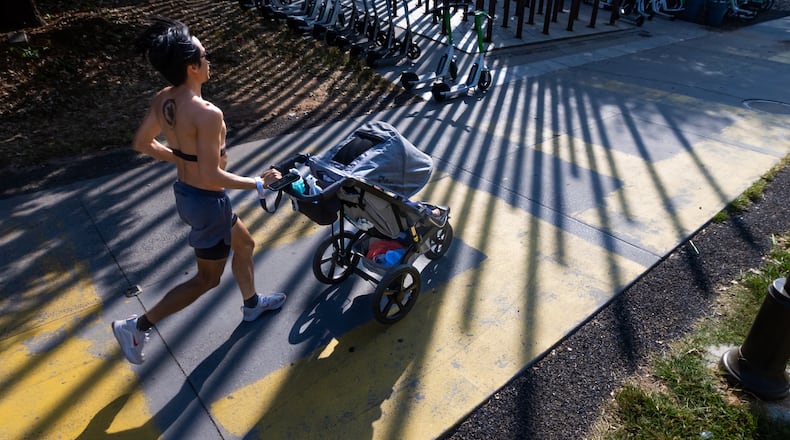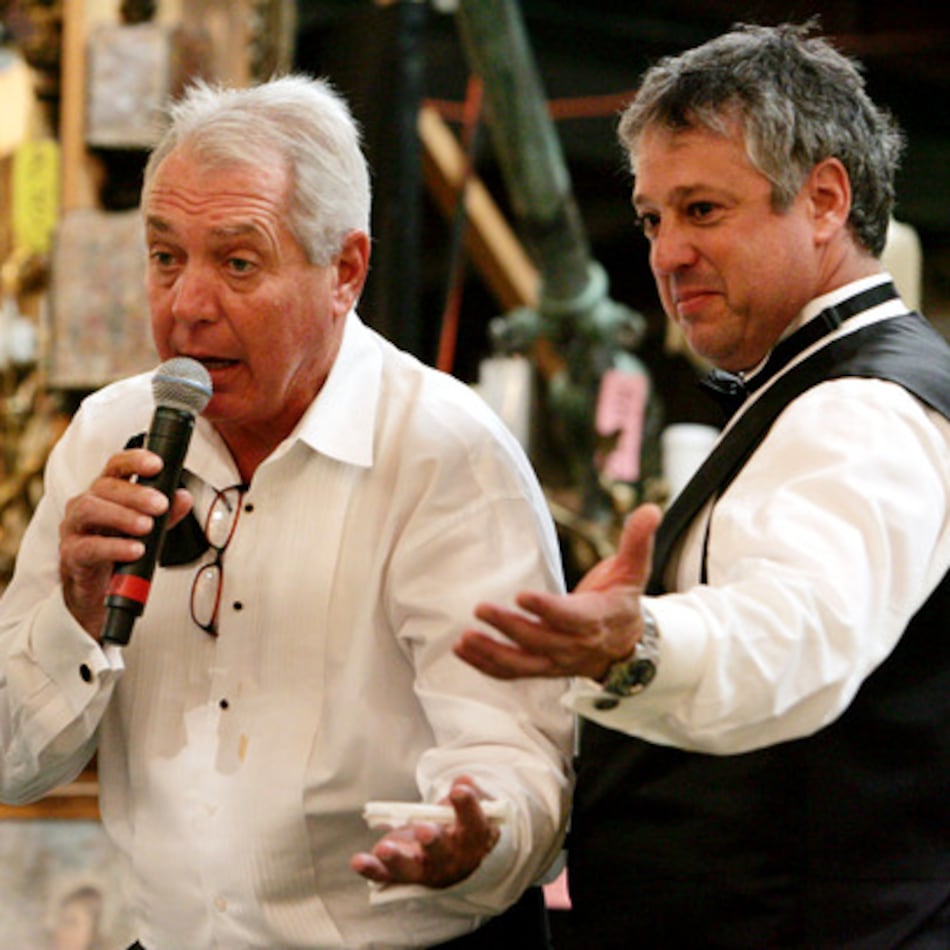“Atlanta’s opportunity lies in the Beltline. It is an opportunity that rarely occurs in already built-up cities in which the creation of a great park or any substantial addition to the public realm often requires displacing a myriad of property owners. Almost miraculously, a vacancy exists in Atlanta: a belt of railroad rights-of-way that circles through the city’s inner neighborhoods, two miles from downtown. By seizing on this once-in-a-lifetime gift, Atlanta can, if it chooses, create an ‘Emerald Necklace’ of 2,544 acres along a 22-mile Beltline Trail (three-quarters devoted to parks) — and recreate itself in the process.”
- Alexander Garvin, renowned urban planner and architect, 2004
Trust for Public Land’s 2004 Beltline Emerald Necklace vision of a 22-mile linear park anchoring a new public realm seemed — and was — nothing less than audacious. Yet it is no exaggeration to say that the ensuing 20 years have delivered the promise of a “public realm framework around which 21st Century Atlanta will grow and prosper.”
The Beltline has reoriented a city bisected by highways to one oriented around a magnificent public realm. The importance of this point cannot be overstated. We now have a collective destination: one that we can enjoy in our daily lives, one that we can take visitors to and one that can serve as a source of civic pride.
The Beltline must continue to evolve with new technology and changing circumstances
Credit: Atlanta Botanical Garden
Credit: Atlanta Botanical Garden
Credit: Handout
Credit: Handout
When Mayor Shirley Franklin tapped Ray Weeks to make the Beltline a reality, there remained much ambiguity about what the Beltline would be. While heavily influenced by Ryan Gravel’s graduate thesis, multiple other constituencies pinned their hopes and aspirations to those 22 miles of largely abandoned rail corridors. Transportation. Parks. Affordable Housing. Economic Development. Art. An Arboretum.
Indeed, the Beltline has been in a state of constant evolution. The strong leadership provided by Atlanta Beltline, Inc., especially in recent years, has allowed the Beltline to successfully navigate a changing world, a changing Atlanta and even a changing Beltline.
And the Beltline is changing as it grows and becomes increasingly popular. Crowding on the trail has become a safety issue, with technologies unheard of 20 years ago (e-bikes and scooters) creating conflict — especially on the Eastside Trail. There is too much demand and not enough supply for walking, biking and scootering.
The Beltline needs to continue to evolve to sustain its success and excellence.
A second trail would create more commuting options and improve the lives of Atlantans
Credit: Greg Levine/contributed
Credit: Greg Levine/contributed
Credit: Handout
Credit: Handout
Several weeks ago, Mayor Andre Dickens made the bold decision to prioritize transit on the Beltline’s Southside Trail. Making this investment flow to south Atlanta means that land set aside for transportation on the Eastside Trail could remain undeveloped for years to come. Unless we find another way to use that land for transportation.
Atlanta should build a second trail.
A second trail would create safer commuting options and improve the lives of thousands of residents and visitors each day. It would make the Beltline more accessible for all by providing dedicated space for motorized vehicles — separating pedestrians from e-bikes and scooters.
We already know that separating heels from wheels makes sense. Were the corridor wide enough, that second trail already would be planned — if not designed and built. Whenever possible, the Chattahoochee RiverLands project has designed the trail to keep hikers and bikers apart. The Atlanta Botanical Garden has adopted a similar design for its new Beltline frontage, and Piedmont Park Conservancy is exploring such options in Atlanta’s most popular park.
And the land will still be there — preserved as a transportation corridor — to meet future transit needs.
Mayor Dickens understands the value of the Beltline as Atlanta’s defining public realm.
ABI is delivering the Beltline trail on time and under budget — 85% of the trail will be completed this year. It is exceeding its affordable housing goals and providing economic opportunity to all quadrants of Atlanta.
The mayor and ABI must continue to be bold and commit themselves to building the second trail that the Eastside Beltline so desperately needs.
Mary Pat Matheson is Anna & Hays Mershon President of the Atlanta Botanical Garden and also the chief executive officer.
Michael Halicki is president and CEO at Park Pride.
Greg Levine is executive director at Trees Atlanta.
George Dusenbury is Georgia state director for Trust for Public Land.
About the Author
Keep Reading
The Latest
Featured






